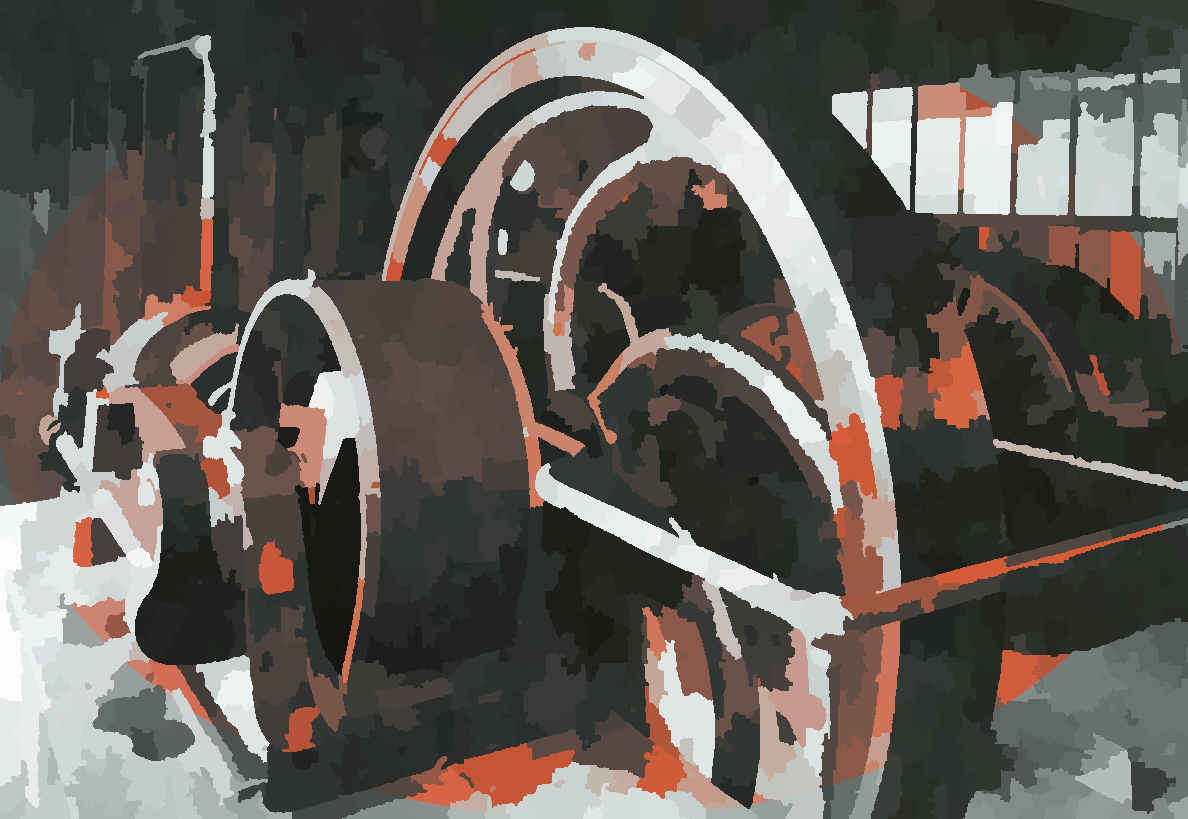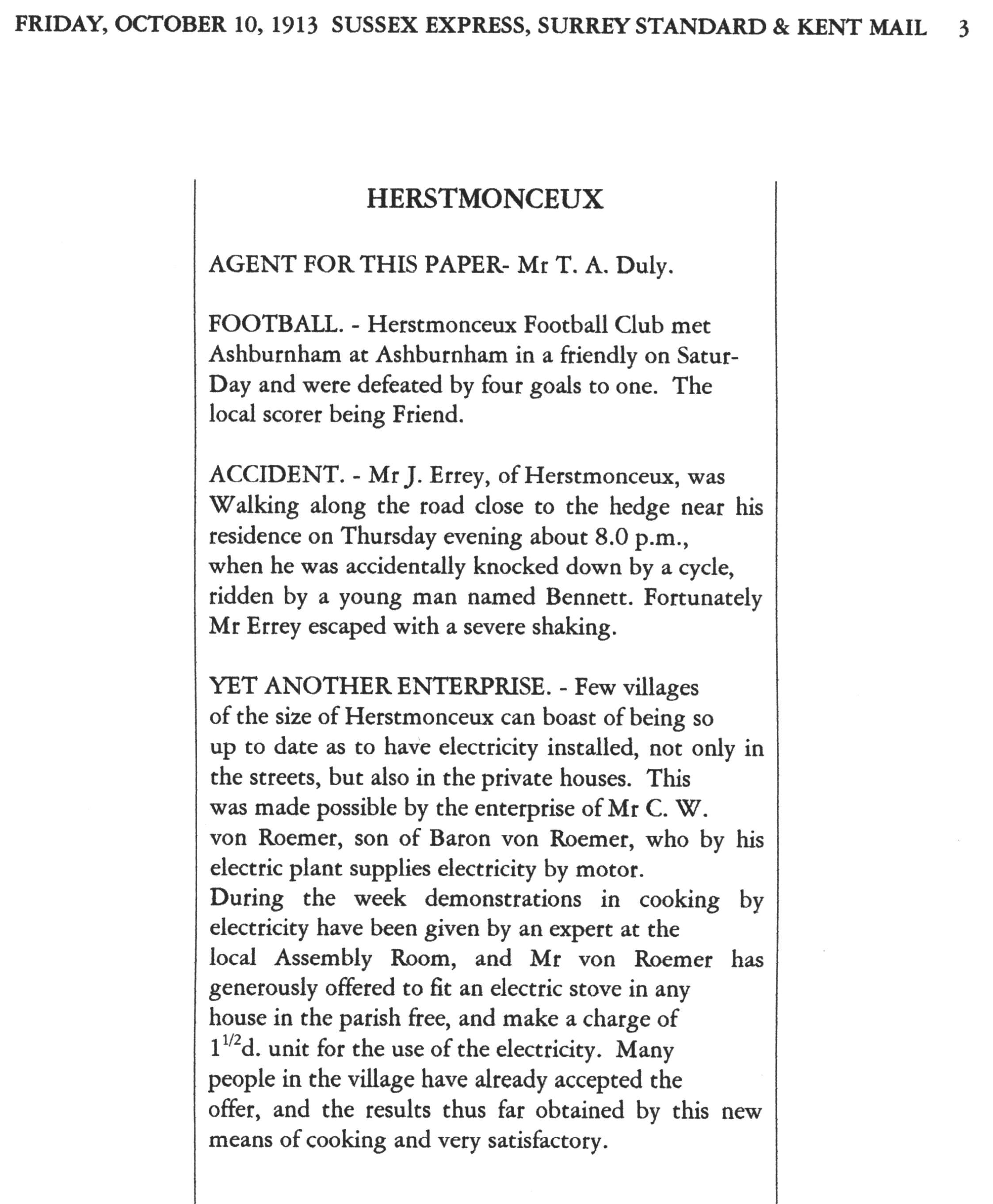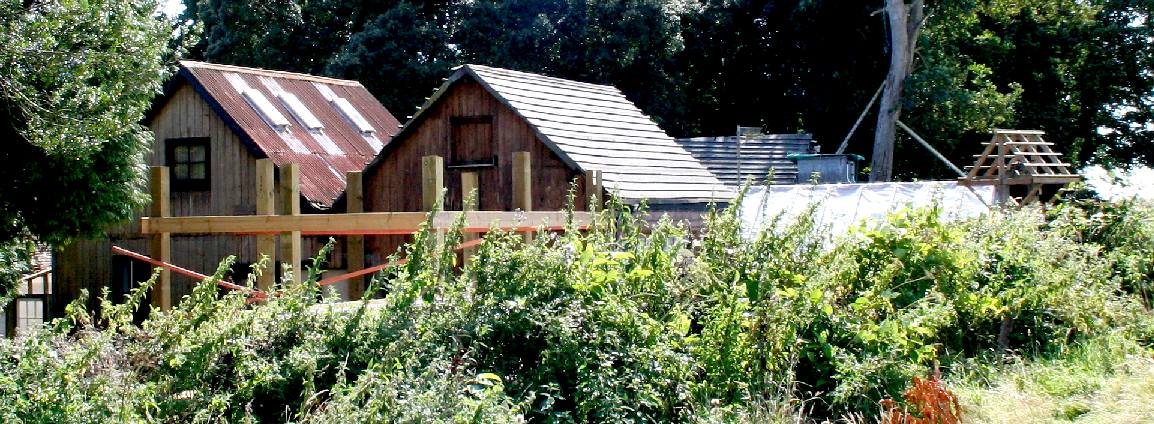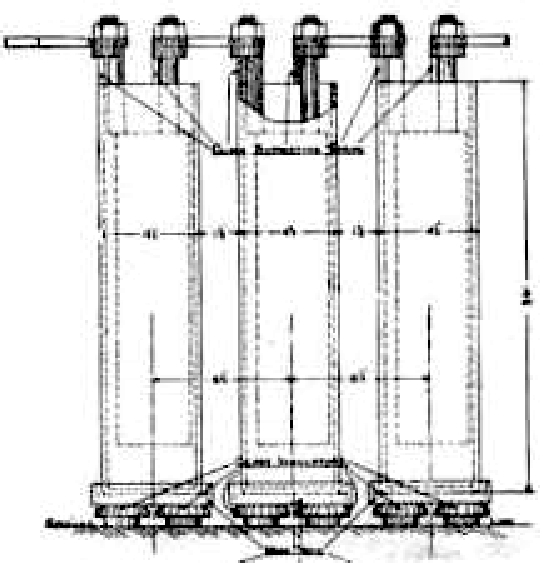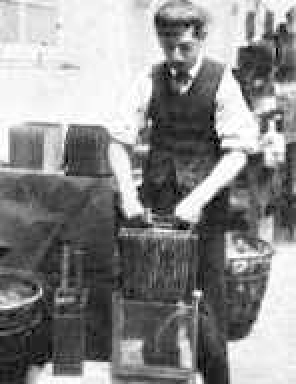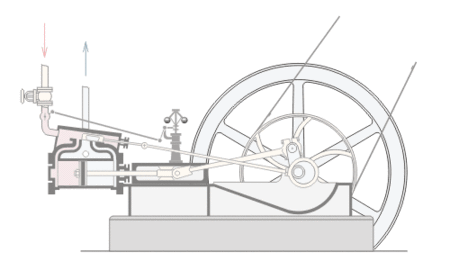|
ELECTRIC COOKING DEMONSTRATIONS |
1913 |
|||||||||||||||||||||||||||||||||||||||||||||||||||||||||||
|
EXHIBITS FRIENDS HERITAGE HOME LIME PARK OPEN DAYS PARKING TECHNOLOGY UNESCO |
||||||||||||||||||||||||||||||||||||||||||||||||||||||||||||
|
Newspaper clipping from the Archive, at The Maltings in Lewes. YET ANOTHER ENTERPRISE - Few villages of the size of Herstmonceux can boast of being so up to date as to have electricity installed, not only in the streets, but also in the private house. This was made possible by the enterprise of Mr C. W. von Roemer, son of Baron von Roemer, who by his electric plant supplies electricity by motor. During the week demonstrations in cooking by electricity have been given by an expert at the local Assembly Room, and Mr von Roemer has generously offered to fit an electric stove in any house in the parish free, and make a charge of 1 1/2d. unit for the use of the electricity. Many people in the village have already accepted the offer, and the results thus far obtained by this new means of cooking and [are] very satisfactory.
The 1913 newspaper clipping shown above, discovered at the Maltings Archive, Lewes indicates the electricity generation business had expanded beyond the supply of power for street lighting. Domestic appliances were now targeted. Equipment such as cookers requiring many times the energy needed for house lighting. With the related increase in demand, large battery storage capacity will have been needed and such capacity would have its advantages.
This clipping was discovered on fact finding missions between 1997 and 1998 or thereabouts, by Victor James, the amateur archaeologist. In addition, other entries were found relating to the generating station, including a map showing the buildings in a different form, presumably as the utility was being developed. And an aerial photograph from World War Two, showing the buildings much as they were discovered in 1981. Though the aerial photograph did not prove the existence of the industrial complex at an earlier date, it disproved allegations by planners at Wealden, that windows had been inserted in the roofing after 1996. When in fact, ventilation of the engine room and battery store, were a feature during the production of electricity, as was sound deadening/absorbing filling in the walls, not normally seen on buildings, other than those used commercially, especially as insulation from the heat of the machine shed, to the cool, in the ice making and handling areas, as in shed number three.
Water
for ice making was drawn from the well on site, and the underground
chamber, though to have been a condensation chamber at one point. But
due to the fact it was plumbed into the central gulley (double gabled
roofs) downpipe, and a water
filter that could only have been fed from the roofs of shed number
three, is now thought to have been one very large subsurface, water
butt.
A hive of local activity, in the Sussex backwater of Herstmonceux. The driver from all of this was electric lighting, to replace candles and gas lighting.
The machinery at Herstmonceux Generating Works was town gas powered. The gas coming from heating coal in the absence of oxygen, a process known as pyrolysis. Hence, the sizeable brick built bunker, convenient to shed number three, adjacent to where the (town) gas maker plant was installed. The complex is interesting because it not only generated electricity, but stored it in Shed number One, a room filled with rows of large glass lead-acid batteries on wooden frames, balanced on small glass cups, or bowls. The battery store had sufficient capacity to provide electric lighting and cooking to the whole village overnight, by 1913.
Only now, in the last few years, have utilities realised that they need battery storage to stabilise the National Grid. There is now a move to install load levelling banks in the UK and in Europe, with one such installation just a few miles from Herstmonceux, at Ninfield.
Early lead-acid batteries were serviceable, the reason why Shed Three had an internal drain built in, to allow washing down the floor to remove any spilt sulfuric acid.
CHAPTERS
If you know of any information that may help us complete this story, please get in touch.
|
||||||||||||||||||||||||||||||||||||||||||||||||||||||||||||
|
|
||||||||||||||||||||||||||||||||||||||||||||||||||||||||||||
|
EXHIBITS FRIENDS HERITAGE HOME LIME PARK OPEN DAYS PARKING TECHNOLOGY UNESCO
Copyright © 2023 Lime Park Heritage Trust. A not for profit organisation with charitable objects.
|
||||||||||||||||||||||||||||||||||||||||||||||||||||||||||||
